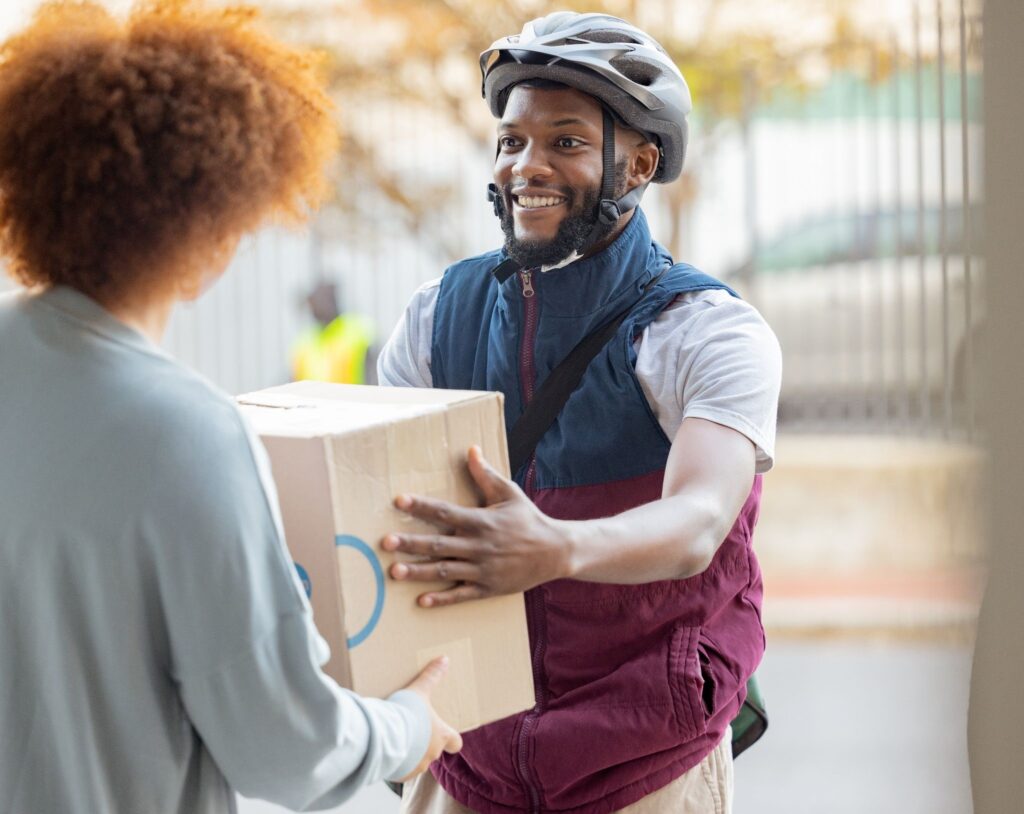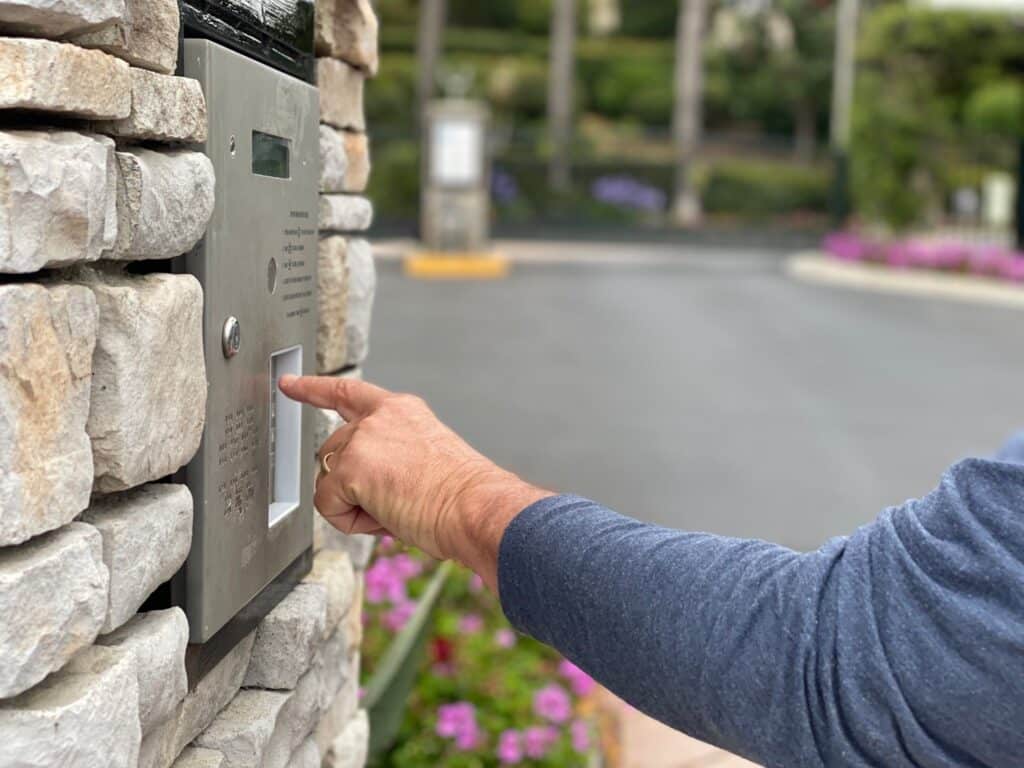For the hands-on homeowner who loves tackling DIY projects in their new home, upgrading or replacing an outdated security alarm system might be high on your to-do list.
Modern, wireless “smart” security products have become easier than ever to install. But when it comes to removing those old, less intuitive systems, the task can appear daunting.
Thankfully, with the right information and a bit of determination, you can upgrade that antiquated setup to a state-of-the-art security solution.
You can also save on labor costs — and enhance the safety of your home.
Ready to get to work? This guide is for you.
Contents:
Step 1. Identifying Your Old Alarm System’s Type
Step 2. Preparing for the Removal
Step 3. Step-by-Step Uninstallation
Step 4. Sidestep or Troubleshoot Common Issues
Step 1. Identifying Your Old Alarm System’s Type
Before you can begin the removal process, you’ll first need to identify the type of system you have.
For example, do you have a simple alarm system? Or is it a more feature-rich home security system?
Here’s how to tell the difference (and why these distinctions matter).
Alarm System vs. Home Security System
- An alarm system primarily focuses on intrusion alerts, such as a door or window that opens unexpectedly.
- A home security system does more than just intrusion alerts. It integrates alarm panels, smoke detectors, security cameras, and sometimes even more advanced features.
Identifying your security system type will help you anticipate the components, connections, and power supply configurations you’ll deal with during removal.
Wired vs. Wireless
Take note of whether you have a wired alarm system or a wireless security setup.
The removal process and power supply configuration could vary significantly between these two. Wireless security systems, in particular, offer more flexibility in placement and integration.
Know Your System’s Make and Model
Your system’s specific make and model can provide critical information about its power connections, component interconnections, and potential challenges during removal.
When in doubt, you can search the manufacturer’s website to find a downloadable copy of the user guide. User guides are a key resource that can also explain how to safely uninstall the device.
Research
Once you’ve identified the make, model, and type of system you have, research it online.
Find out if the system’s model or brand is known for any uninstallation hazards or unusual steps. This is sometimes the case for specific wireless security systems.
Is The Old System Under Warranty?
Before you start dismantling anything, check if your old system is still under warranty.
If it is, removing it yourself could void that warranty. It’s always a good idea to consult with the provider or manufacturer first.
Sometimes, Parts Of The Old System Can Stay
Depending on your upgrade plans and the integration capabilities of the old system, some parts might not need to be removed.
For example, motion sensors or door/window contacts might be compatible with new systems. Saving those compatible parts can not only save you money and time, but also reduce the risk of making an unnecessary replacement or installation that damages your walls.
Step 2. Preparing for the Removal
The next step is to prepare for the removal, which includes everything from shutting down the power source to gathering your tools.
Let’s walk through the basics of this process.
1. Contact Your Monitoring Service
Before starting, inform your alarm company (whether it’s ADT, Brinks, or another provider) that you’ll be uninstalling the device.
This step is crucial to avoid false alarms and potential complications.
2. Power Down
Before touching any component, safety should be your primary concern.
Check the breaker box and turn off the system’s main power source. This can prevent unexpected electrical hiccups or accidents.
3. Gather Essential Tools
Having the right tools at hand can make the removal process smoother.
- General Tools: Screwdrivers (both Phillips-head and flat-head), pliers (especially needle-nose for precision), wire cutters, adjustable wrench, utility knife, multimeter, and voltage tester.
- Safety Equipment: Rubber gloves, safety glasses, and a ladder or stepping stool.
- Labeling and Storage: Label maker or masking tape and marker, plastic bags or containers for small parts.
- Repair and Cleanup: Spackle or wall filler, paint or wall touch-up kit.
- Miscellaneous: Flashlight or headlamp, wire caps, zip ties or twist ties, camera or smartphone (for reference photos), and user manual of the alarm system.
3. Consider Leaving Some Elements Intact
Some components are hard to remove.
Depending on your future plans and the compatibility of certain parts with new systems, some components might be better left in place. It can simplify the process and reduce potential damage or repairs.
4. Consider Hiring a Professional
If safety or proper removal becomes a concern at any point, don’t hesitate to seek professional guidance.
If you’re not sure where to find it, search online or check Security Explorer’s directory of security services of vetted security companies to connect with the best security services in your area.
Read About: 43 Shocking U.S. Burglary Statistics
Step 3. Step-by-Step Uninstallation
Now you’re ready to begin the actual uninstallation.
1. Safety First
We’ve already mentioned this once, but it’s important enough to repeat.
Before beginning any disassembly, ensure that the system’s main power source is turned off.
This prevents any electrical mishaps or unintended activations of the alarm.
2. Disconnect from Network and Power
Wireless Systems
Disconnect the system from any Wi-Fi or landline connections. This ensures that the system won’t send any false alarms.
If it’s integrated with one or more smart home devices, unlink the system from those devices. You may need to access each device’s system settings in order to successfully unlink them.
Wired Systems
For wired alarm systems, carefully follow and disconnect the wires that are connected to the main control panel.
It’s best to reference your system’s manual during this step. It can tell you which wires to disconnect and in what order.
3. Disable the Main Components
- Control Panel: First, locate the main control panel. Think of the control panel as the “brain” of your system. Disconnect it.
- Security Sirens: Disconnect any attached security sirens to prevent accidental activations.
- Keypad and Backup Battery: Proceed to disconnect the keypad, backup battery, and any transformers associated with the system.
Note: If you have a DIY system with multiple components that you set up yourself, the removal process might be more straightforward because the components are easier to detach.
4. Address Sensors and Cameras
- Motion Detectors: Carefully uninstall any motion sensors. Remember, some might be wired, while others could be wireless. Handle with care.
- Security Cameras: Similarly, if there are any security cameras integrated into the system, uninstall them methodically.
5. Remove All Batteries
Remove all batteries, including those from sensors, cameras, and control panels.
This step makes the components safe for disposal or recycling.
6. Finalize Control Panel Removal
After all connected components are disconnected, proceed to fully remove the old control panel.
Step 4. Sidestep or Troubleshoot Common Issues
No matter how careful you are, several issues can still arise during uninstallation of an old security system.
Next, let’s address the most common issues you could encounter. We’ll include best-practice solutions and approaches to troubleshooting.
1. Persistent Beeping
Issue: An old alarm system that continuously beeps. This is often a sign of a malfunction or power issue.
Solution: Power down the system before you initiate the removal. If beeping persists, consult the user manual (or online forums specific to your system’s make and model) for troubleshooting advice.
2. False Alarms
Issue: False alarms are more likely to occur if you don’t inform the alarm company or service provider about the removal. There’s a risk of triggering unintended alarms, which could lead to unnecessary police dispatch or fines.
Solution: Always notify your service provider before starting the removal process to avoid this complication.
3. Brand-specific Challenges
Issue: Sometimes, general uninstallation advice doesn’t apply to every security system. This is especially true for prominent security brands like ADT or Brinks, which may have specific removal nuances or built-in safety features.
Solution: Consult the system’s manual or contact the manufacturer’s customer service for guidance. They often have specialized instructions or tips for safe removal.
4. System Compatibility Issues
Issue: The new system isn’t compatible with some of the parts kept from the old security system.
Solution: Before installing a new system, you must ensure it’s compatible with any old components you decide to keep. Research compatibility or consult with the new system’s manufacturer. They can explain how to integrate older components, or let you know if a total replacement may be necessary.
You Might Like: The Beginner’s Guide to Hiring a Security Guard
Step 5. Installing a New System
Transitioning to a newer system is more than just a change in equipment. It’s an opportunity to benefit from cutting-edge technology that enhances home security.
Here’s what to keep in mind as you adjust to your new security system.
1. Embrace Modern Features
Newer systems bring a myriad of benefits that the old one might not have offered:
- Enhanced Burglar Protection: Advanced sensors, superior motion detection, and integration with 24/7 monitoring services not only deter burglars but also provide faster response times.
- Smart Home Integration and Notifications: Modern systems can seamlessly integrate with smart home devices, sending real-time notifications to your phone. You’ll always be in the loop with your home’s security status.
- User-Friendly Controls: Newer systems often come with intuitive apps that make it easy for homeowners to monitor their home’s safety and receive instant security notifications.
2. Installation Considerations
DIY installations are popular among modern security system kits. However, there are a few things to consider before you try your hand at self-installation.
- Plan Ahead: Determine the optimal places for sensors, cameras, and other components. Think about Wi-Fi signal strength and power outlet availability.
- Follow Instructions: Adhere to the user manual of the newer system. It will guide you through the specifics of installation and optimization.
3. Seek Expert Guidance
Regardless of how advanced the newer system might be, it’s always a good idea to consult trusted security service providers.
They can offer tailored advice, helping you get the most out of your system and ensuring the old one’s removal doesn’t interfere with the new installation.



 They Improve Access and Crowd Control
They Improve Access and Crowd Control


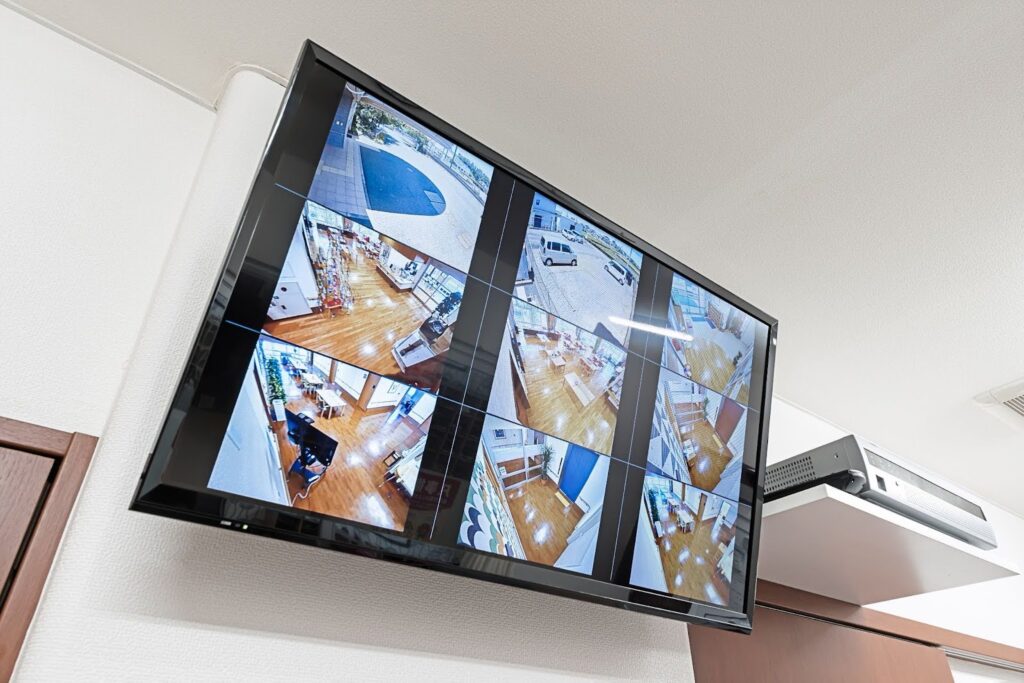
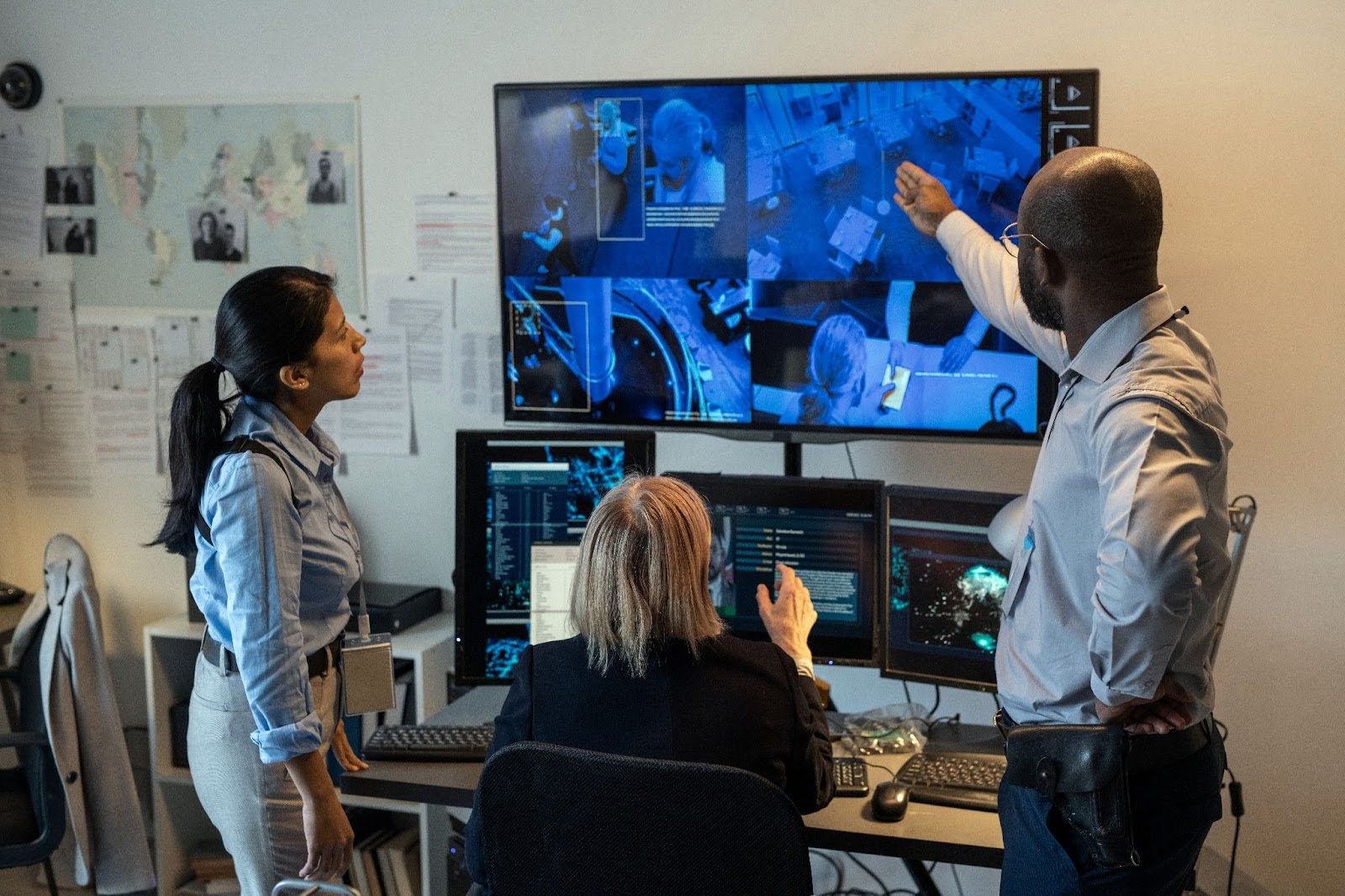
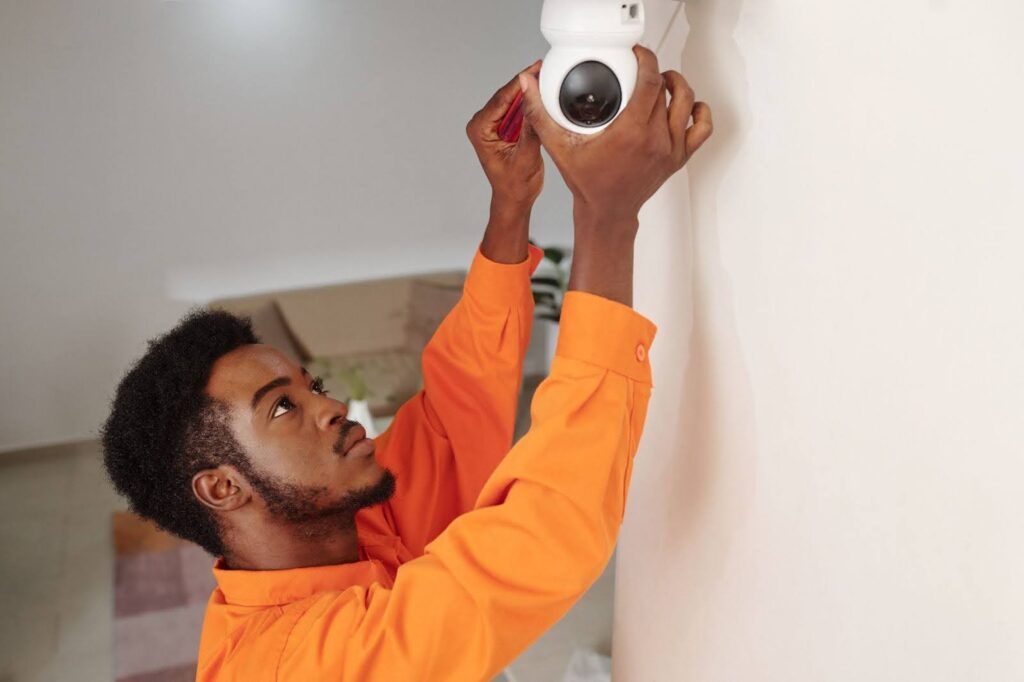





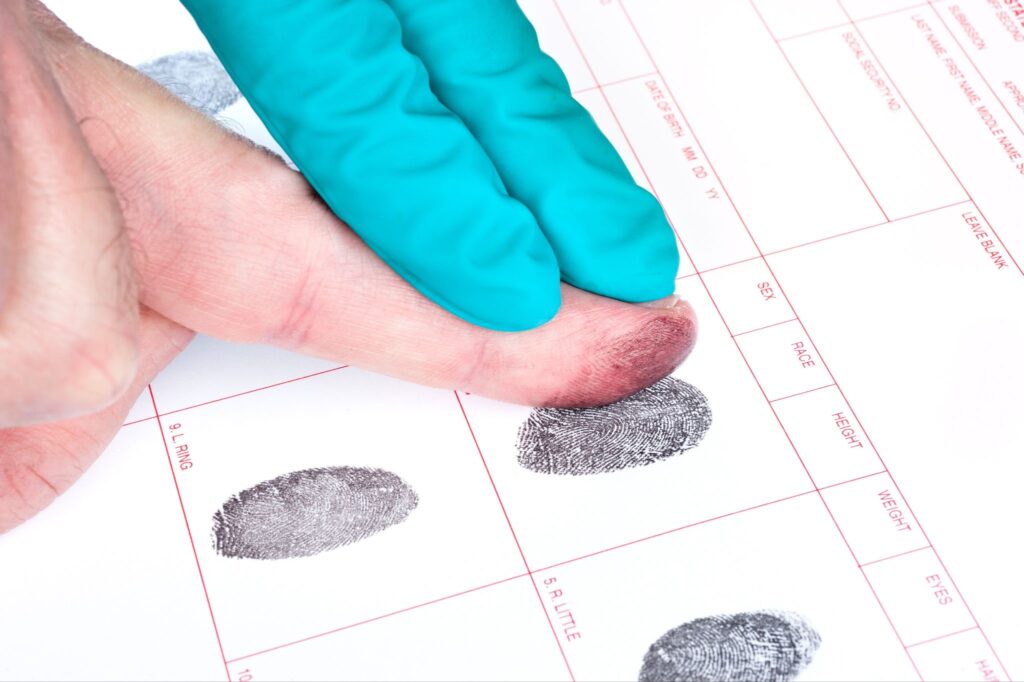 3. Pass a Fingerprint and Background Check
3. Pass a Fingerprint and Background Check

